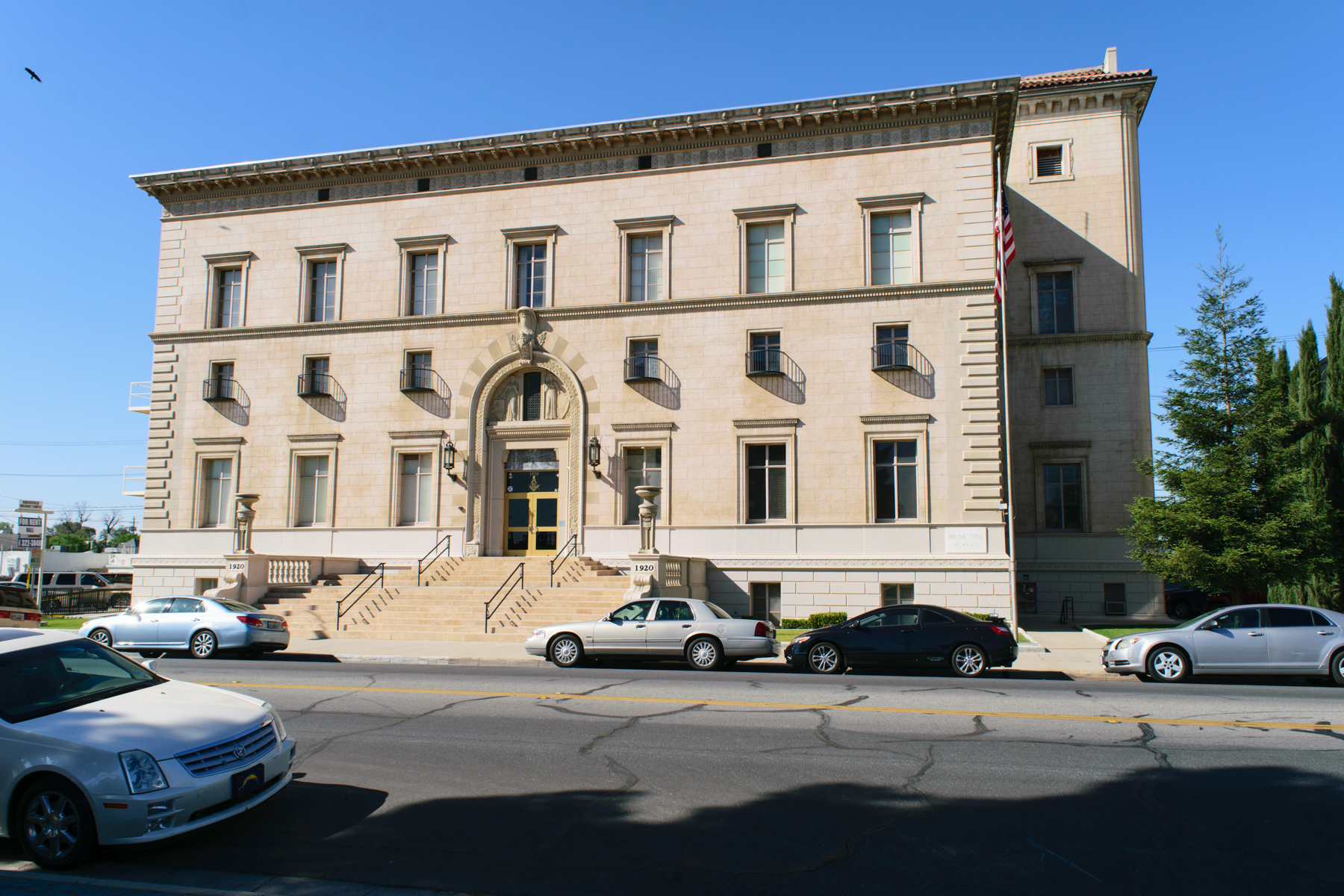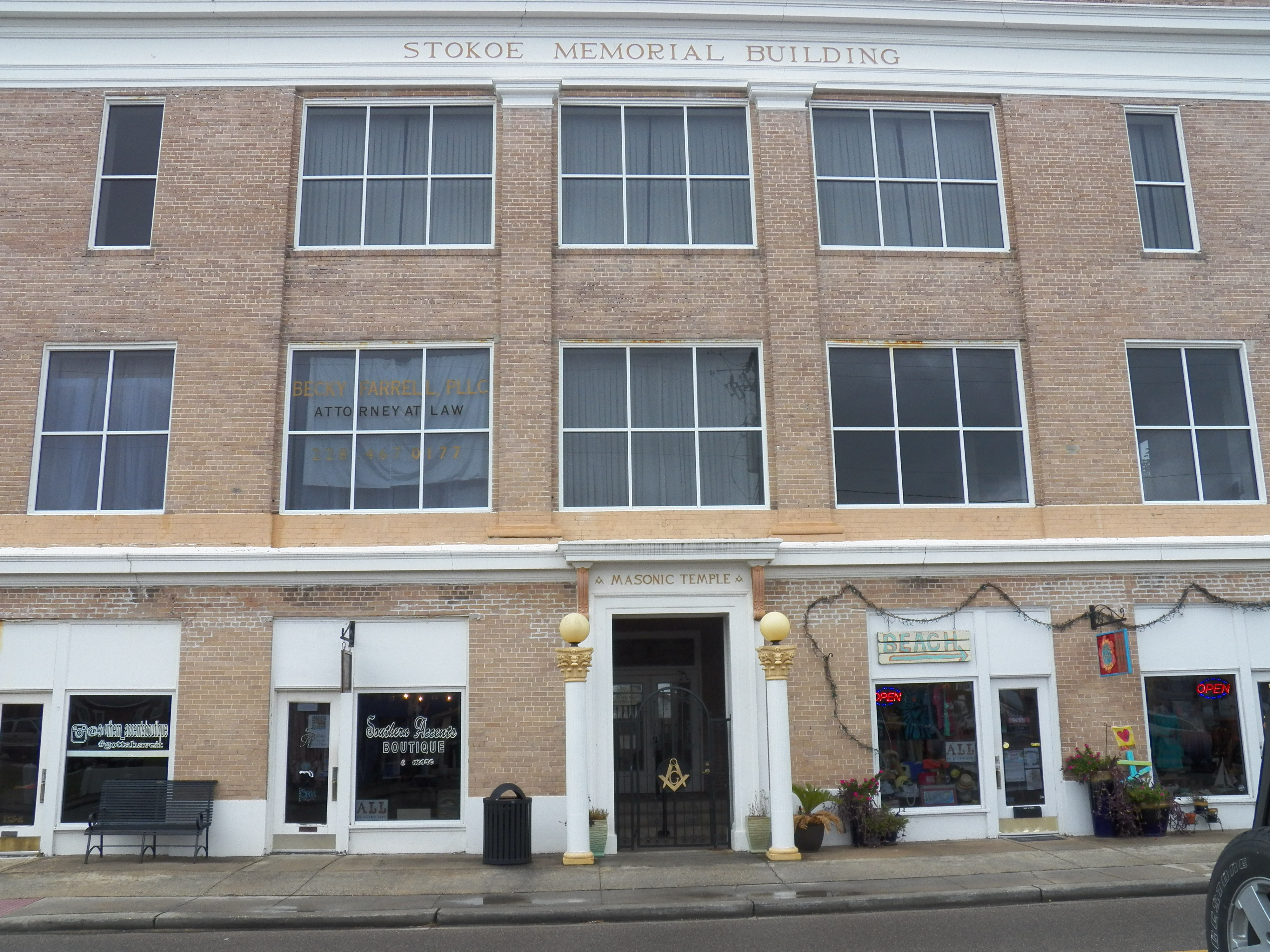Unveiling The Secrets Of The Masonic Temple: A Journey Into History, Mystery, And Influence
If you've ever stumbled upon the term "Masonic Temple," chances are your curiosity has been piqually triggered. This isn't just some random building; it's a place steeped in history, mystery, and a whole lot of symbolism. The Masonic Temple is more than just a structure; it's a symbol of an ancient fraternity that's been around for centuries. So, buckle up because we're diving deep into the world of Freemasonry and uncovering what makes these temples so intriguing.
Now, let me break it down for ya. Freemasonry is one of the oldest fraternal organizations in the world, and its temples are the epicenter of their activities. These aren't your typical hangout spots. They're places where rituals, meetings, and philosophical discussions take place. But here's the kicker – there's a lot of secrecy surrounding them, and that's what makes them so damn fascinating.
Before we dive deeper, let's get one thing straight. This ain't about conspiracy theories or wild tales. We're here to explore the facts, the history, and the cultural significance of the Masonic Temple. So, whether you're a history buff, a curious mind, or just someone looking to expand their knowledge, you're in the right place. Let's roll!
- Chris Salcedo Wife Picture A Closer Look At The Life And Love Of A Filipino Heartthrob
- Exploring The Blue Green Tree Python A Captivating Journey Into Naturersquos Hidden Gem
What Exactly is a Masonic Temple?
A Masonic Temple is essentially the physical space where Freemasons conduct their meetings and rituals. But it's not just any old building. These temples are designed with intricate details, symbolic elements, and architectural grandeur. Think of them as sacred spaces where the spiritual and the philosophical come together.
Now, let's break it down into simpler terms. Imagine a place where a group of men gathers to discuss moral values, self-improvement, and the betterment of society. That's what a Masonic Temple is all about. It's a place where ideas are exchanged, and bonds are formed. And let's not forget the rituals – yeah, they've got some pretty cool ones going on in there.
Key Features of a Masonic Temple
- Symbolic Architecture: Every nook and cranny of a Masonic Temple is steeped in symbolism. From the layout to the decorations, everything has a deeper meaning.
- Ritual Spaces: These temples are equipped with spaces specifically designed for conducting rituals. Think altars, symbolic tools, and ceremonial robes.
- Meeting Halls: Besides rituals, Freemasons also hold regular meetings to discuss matters of importance. These halls are often adorned with symbolic artwork and furnishings.
A Brief History of the Masonic Temple
The history of the Masonic Temple is as fascinating as the organization itself. Freemasonry dates back to the late 16th century, with its roots in the stonemason guilds of medieval Europe. Over time, it evolved from a craft guild into a philosophical and fraternal organization. And with that evolution came the need for dedicated spaces – hence, the birth of the Masonic Temple.
- Boost Your Business Unlocking The Power Of Facebook Ads Byraring
- City Fresh Grocery Meat And Produce Port Charlotte Reviews The Ultimate Guide
Now, here's where it gets interesting. The first Masonic Temple was established in London in the early 18th century. From there, the concept spread like wildfire, popping up in various parts of the world. Each temple is unique in its own way, reflecting the local culture and traditions while maintaining the core principles of Freemasonry.
Evolution of Masonic Temples Over Time
Over the centuries, Masonic Temples have undergone significant changes. What started as simple meeting rooms has evolved into grand architectural marvels. Today, you'll find temples that rival cathedrals in terms of beauty and grandeur. But the essence remains the same – a place for reflection, learning, and brotherhood.
The Symbolism Behind Masonic Temples
Symbolism is at the heart of Freemasonry, and nowhere is it more evident than in their temples. Every element, from the layout to the decorations, is steeped in meaning. For instance, the square and compass – the most recognizable symbol of Freemasonry – is often prominently displayed in temples.
But it doesn't stop there. The architecture itself is a testament to the principles of Freemasonry. Think symmetry, balance, and order. These temples are designed to reflect the ideals of the organization – moral rectitude, spiritual enlightenment, and social harmony.
Key Symbols Found in Masonic Temples
- Square and Compass: The ultimate symbol of Freemasonry, representing moral and ethical conduct.
- All-Seeing Eye: A symbol of divine providence and the watchful eye of God.
- Ladder: Often depicted with three or seven rungs, representing the journey towards spiritual enlightenment.
The Role of Masonic Temples in Society
Masonic Temples aren't just about rituals and symbolism. They play a significant role in society, both historically and in the present day. Throughout history, Freemasons have been involved in various social and political movements. Their temples have served as meeting points for intellectuals, reformers, and revolutionaries.
Today, Masonic Temples continue to be centers of community engagement. Many lodges participate in charitable activities, educational programs, and social initiatives. They're not just about the members; they're about making a positive impact on the world around them.
Community Involvement and Charitable Works
Freemasonry places a strong emphasis on charity and community service. Many Masonic Temples serve as hubs for these activities. From fundraising events to volunteering opportunities, Freemasons are actively involved in giving back to their communities. And it's not just about the money; it's about the time, effort, and dedication they put into making a difference.
Controversies Surrounding Masonic Temples
No discussion about Masonic Temples would be complete without addressing the controversies that surround them. Over the years, Freemasonry has been the subject of numerous conspiracy theories and accusations. Some people view the secrecy surrounding their activities with suspicion, while others see it as a necessary aspect of their traditions.
But here's the thing – most of these theories are just that – theories. The reality is that Freemasonry is a fraternal organization that values privacy and confidentiality. Their rituals and meetings are meant for members only, and that's perfectly okay. After all, every organization has its own set of rules and traditions.
Debunking Common Myths
- Myth: Freemasons control world events. Fact: They're just a fraternal organization focused on personal development and community service.
- Myth: Masonic Temples are used for sinister purposes. Fact: They're simply meeting places for members to conduct their activities.
Architecture of Masonic Temples
The architecture of Masonic Temples is a sight to behold. These buildings are often designed with meticulous attention to detail, incorporating symbolic elements into their very structure. From the grand facades to the intricate interiors, every aspect is carefully planned to reflect the principles of Freemasonry.
One of the most fascinating aspects of Masonic Temple architecture is the use of light and space. Many temples are designed to allow natural light to flow in, symbolizing the pursuit of knowledge and enlightenment. The interiors are often adorned with symbolic artwork, murals, and furnishings that tell the story of Freemasonry.
Notable Masonic Temples Around the World
- House of the Temple, Washington D.C.: A stunning example of Masonic architecture, complete with a museum and library.
- Emmanuel Lodge, London: One of the oldest Masonic Temples in the world, with a rich history and beautiful design.
Joining a Masonic Temple
If you're intrigued by the world of Freemasonry and the idea of joining a Masonic Temple, there are a few things you should know. First and foremost, Freemasonry is open to men of good character who believe in a supreme being. It's not about religion or politics; it's about personal growth and brotherhood.
The process of joining involves submitting an application and going through a series of interviews and assessments. Once accepted, you'll be initiated into the fraternity and begin your journey of self-discovery and enlightenment. It's not for everyone, but for those who are called to it, it can be a life-changing experience.
Requirements for Membership
- Be a man of good moral character.
- Believe in a supreme being.
- Be recommended by existing members.
The Future of Masonic Temples
As we look to the future, the role of Masonic Temples in society is likely to evolve. While the core principles of Freemasonry remain the same, the way they engage with the world around them may change. With the rise of digital communication and global connectivity, Masonic Temples may find new ways to reach out and connect with people.
But one thing is certain – the Masonic Temple will continue to be a place of reflection, learning, and brotherhood. It's a space where men from all walks of life can come together to share ideas, support one another, and make a positive impact on the world.
Innovations in Masonic Practices
Freemasonry is not immune to change. In recent years, there have been efforts to modernize certain practices while maintaining the core traditions. This includes embracing technology, expanding outreach efforts, and adapting to the needs of a changing world. The future looks bright for Freemasonry and its temples.
Conclusion: Why Masonic Temples Matter
In conclusion, Masonic Temples are more than just buildings; they're symbols of an ancient fraternity that continues to thrive in the modern world. They're places where men come together to pursue knowledge, improve themselves, and make a difference in their communities. Whether you're a member or just someone interested in learning more, there's no denying the allure and significance of these sacred spaces.
So, if you've ever been curious about Masonic Temples, now you know a little more about what they're all about. And who knows? Maybe one day you'll find yourself stepping into one and experiencing the magic for yourself. Until then, keep exploring, keep learning, and keep questioning. That's what life's all about, right?
Call to Action: If you enjoyed this article, don't forget to leave a comment, share it with your friends, and check out some of our other articles. Knowledge is power, and the more we share, the better off we all are. Cheers!
Table of Contents
- What Exactly is a Masonic Temple?
- A Brief History of the Masonic Temple
- The Symbolism Behind Masonic Temples
- The Role of Masonic Temples in Society
- Controversies Surrounding Masonic Temples
- Architecture of Masonic Temples
- Joining a Masonic Temple
- The Future of Masonic Temples
- Conclusion: Why Masonic Temples Matter
- Why Is Kfc So Expensive In India Unveiling The Hidden Factors
- Bad Wap The Ultimate Guide To Understanding The Trend And Its Impact

Masonic Temple Bakersfield, California

Masonic Temple Over 3,326 RoyaltyFree Licensable Stock Photos

The Masonic Temple Building Disability Connection